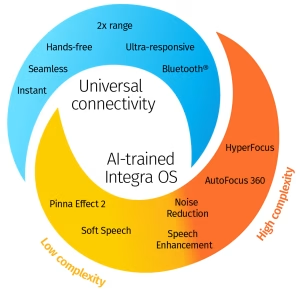
Unitron has recently launched its latest hearing aid platform, Smile. This platform is aimed at delivering practical improvements in hearing support, comfort, and reliability. Built on the new ERA™ chip ...

Is It Safe to Buy Prescription Hearing Aids Online? An Audiologist Explains In 1995, I graduated with a master’s degree from San Diego State University with six other classmates. While ...

A Review of the New Phonak Infinio Sphere Technology Chip in Helping People Hear in Noise Phonak, a leading manufacturer in hearing aid technology, recently released a research summary authored ...
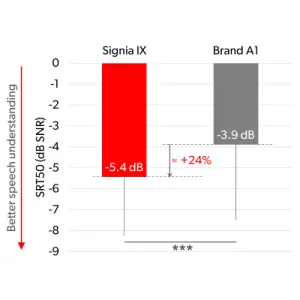
Signia’s new study on their Integrated Xperience (IX) platform aims to show how well it improves listening in noise and how their multi-stream technology helps with improving speech understanding with ...

Introducing the Widex Allure Hearing Aid: A New Chapter in Natural Hearing by Widex Overview of the Widex Allure Platform Widex’s latest innovation, the Allure platform, marks a significant evolution ...
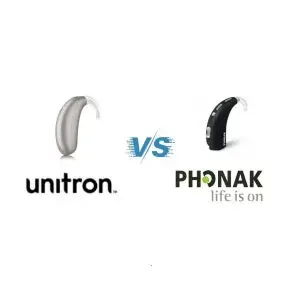
When choosing between hearing aid brands, many people are surprised to learn that Unitron and Phonak are sister companies, both owned by Sonova, a global leader in hearing care solutions. ...
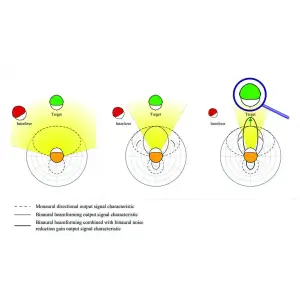
When you’re in a noisy restaurant or trying to catch every word in a meeting, hearing aids with directional microphones can make a world of difference. But what exactly are ...
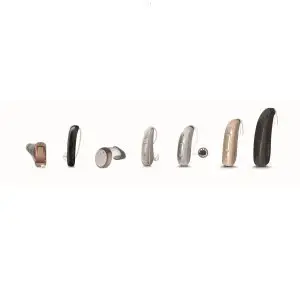
The Signia Shape-Shifter Show: One Tech, Many Faces Imagine if a Broadway actor performed in different cities under different names, but always delivered the same amazing performance. That’s exactly how ...

Understanding Sonova Brands Vertical Chains and Finding the Appropriate Charger: Sonova Holding AG is a Swiss-based global leader in hearing care solutions, encompassing a diverse portfolio of brands that cater ...

The Many Faces of Starkey: A Peek Behind the Curtain of Hearing Aid Branding Ever been shopping for hearing aids and then felt like you were seeing double, or even ...
Powered By SinglerDesign.com